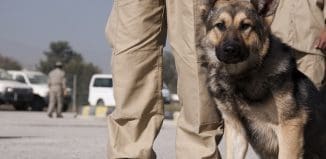Fighting Ebola using Big Data
This post is also available in:  עברית (Hebrew)
עברית (Hebrew)

Current Centers of Disease Control estimates suggest that more than 1.4 million people could be infected with Ebola by January 2015. To limit Ebola’s spread, researchers need better on-the-ground intelligence. But the virus’s deadly mortality rate, 70%, makes close observation as difficult as gathering data on a deadly human adversary. It’s no small challenge for the World Health Organization or the 3,000 troops that President Barack Obama sent to Africa to help them.
According to Scientific American, the HealthMap database uses text analysis algorithms to scan the Internet and track new Ebola cases in social media posts and other health related content.
Experts explain that HealthMap automates data acquisition, filtering and characterization of information so that it flows from the source through to the Web page without any human intervention. The system functions a much like known Internet reading robots.
The GDELT Project database, a project spearheaded by Georgetown University professor Kalev Leetaru, whose database successfully spotted the Ebola outbreak about a day before HealthMap picked it up, based on a French language newswire article that observed, amazingly, not the keyword Ebola but “a disease whose nature has not yet been identified has killed 8 people in the prefecture of Macenta in south-eastern Guinea … it manifests itself as a hemorrhagic fever…”
Today, Internet-reading robots like GDELT will likely be the first sources of intelligence when the outbreak spreads to more countries. But, as Danielle Elliot points out in this piece for The Atlantic, programs like HealthMap show serious gaps when it comes to modeling human behavior.
The sort of detective work that operatives in the field do after a bombing or terrorist incident is already coming to play in Africa. So-called “contact tracing” essentially creates a network model around an infected persons associations, acquaintances and personal interactions to in order to figure which potential victims to focus on and deploy scarce resources accordingly.





























